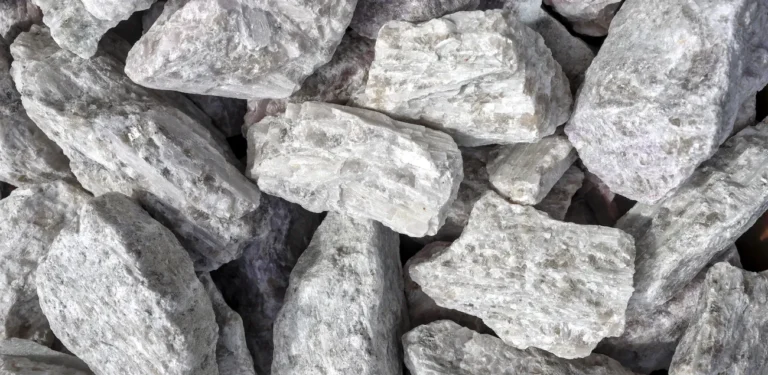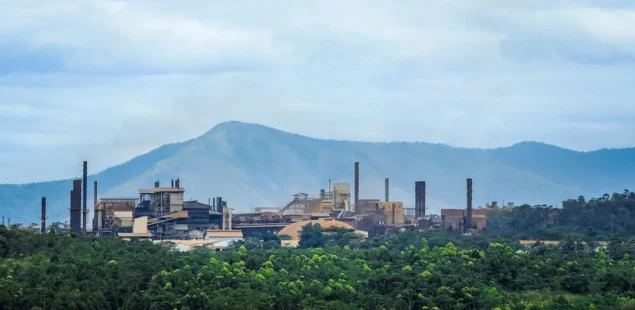
China’s aluminium production rose by 4.2% year-on-year to 3.77 million metric tons in December, according to data released by the National Bureau of Statistics on Friday. However, daily output in December averaged 121,612 tons, marking a 1.7% decline from November’s daily average of 123,667 tons, based on Reuters’ calculations.
The increase in monthly production was attributed to the addition of new production capacity in the northwestern region of Xinjiang, as noted by Shanghai Metals Market. Despite the higher output, aluminium producers faced profitability challenges due to rising costs. The average profit in the aluminium industry turned to losses for the first time in three years, with producers experiencing average losses of 687 yuan ($93.63) per ton, according to state-backed research house Antaike.
Alumina, a key raw material for aluminium production, saw prices climb significantly, with the most-traded contract on the Shanghai Futures Exchange quoted at 5,348 yuan ($729.56) per ton at the end of December. This price was near its record high of 5,690 yuan recorded earlier in the month on December 4. The price surge was driven by the suspension of bauxite exports from Guinea Alumina Corporation, which constrained the raw material supply.
For the full year, China’s aluminium production reached 44.01 million metric tons, reflecting a 4.6% increase compared to the previous year. Meanwhile, production of ten non-ferrous metals—including copper, aluminium, lead, zinc, and nickel—rose 3.2% year-on-year to 6.9 million metric tons in December. Full-year output for non-ferrous metals increased by 4.3% to 79.19 million metric tons. Other non-ferrous metals included in this category are tin, antimony, mercury, magnesium, and titanium.
Despite the production growth, rising input costs and supply chain disruptions underscore the challenges faced by the aluminium industry in China. Market participants will continue to monitor raw material prices and production dynamics in the coming months.



